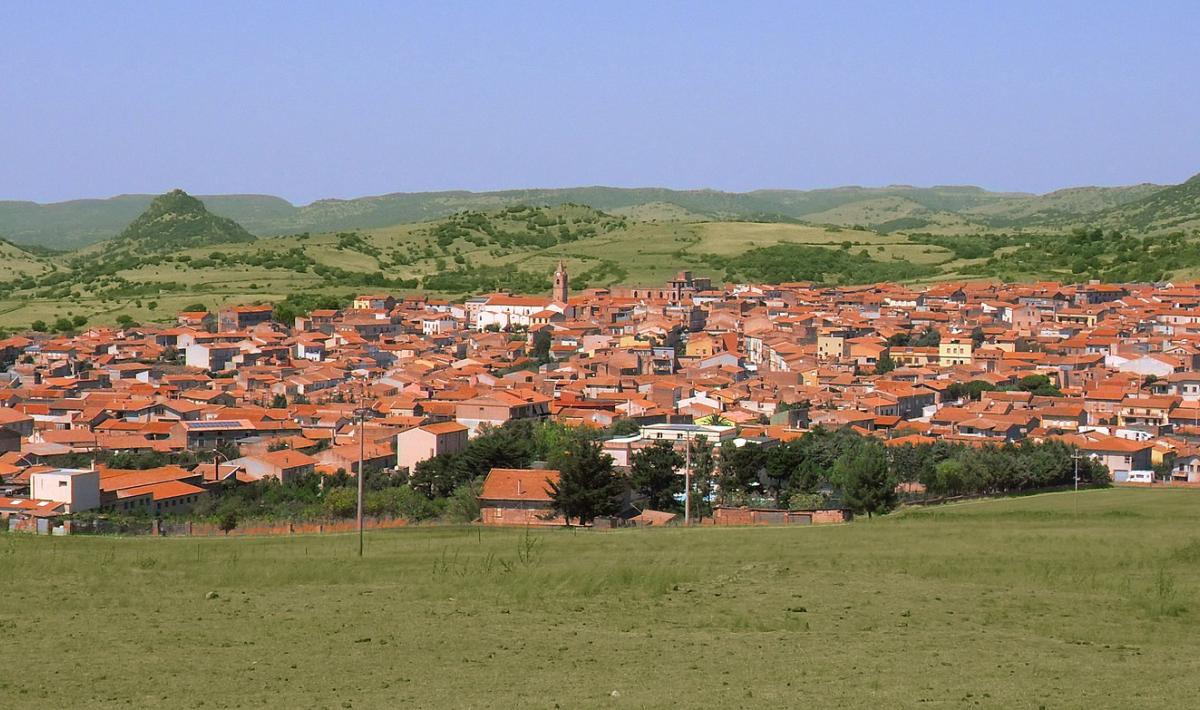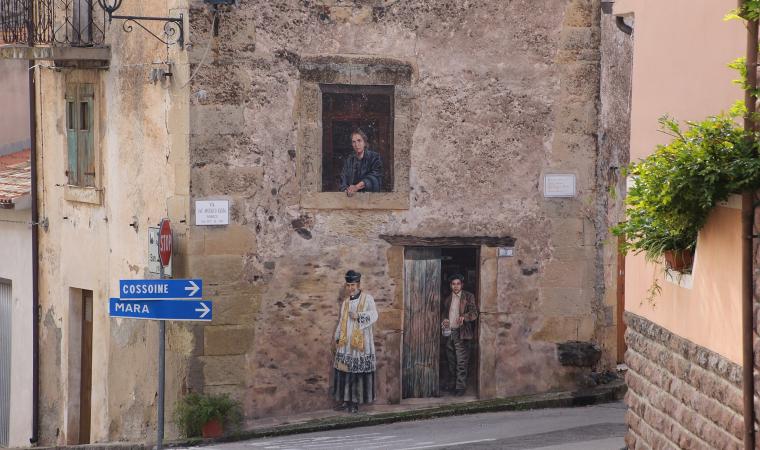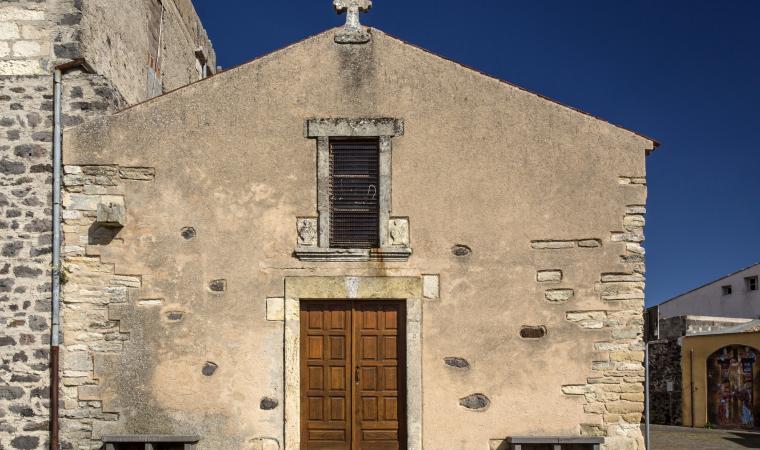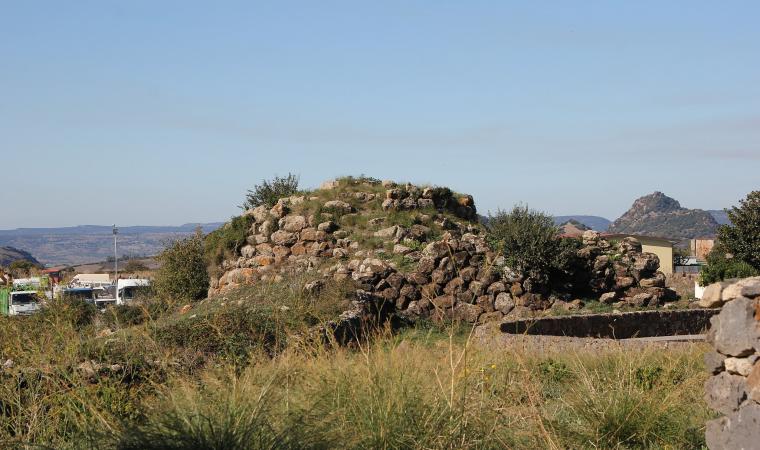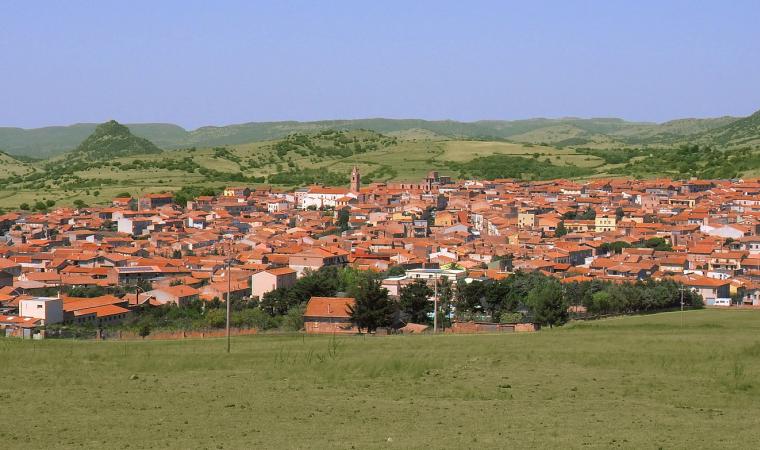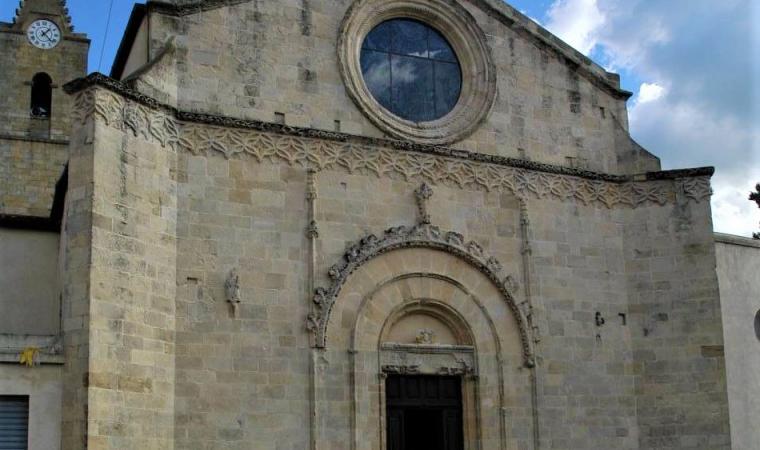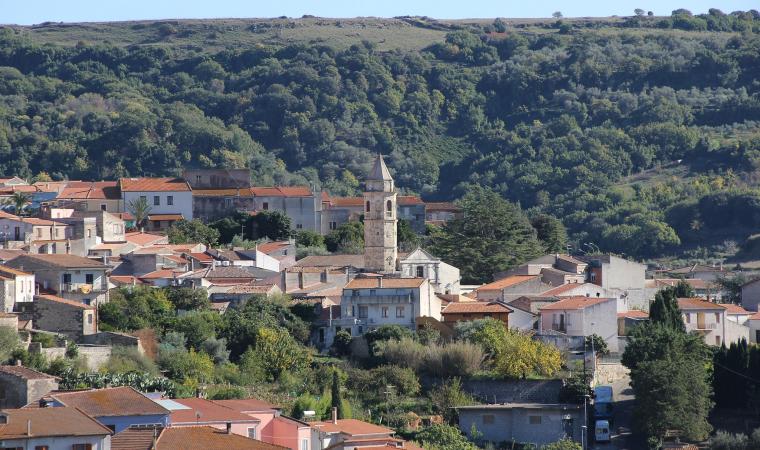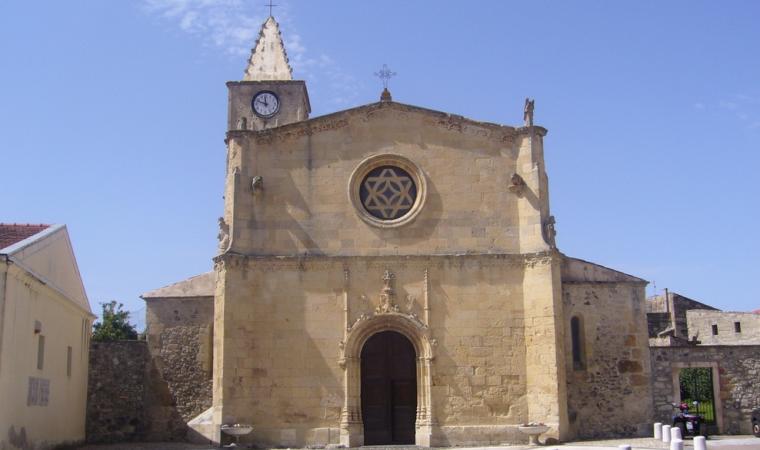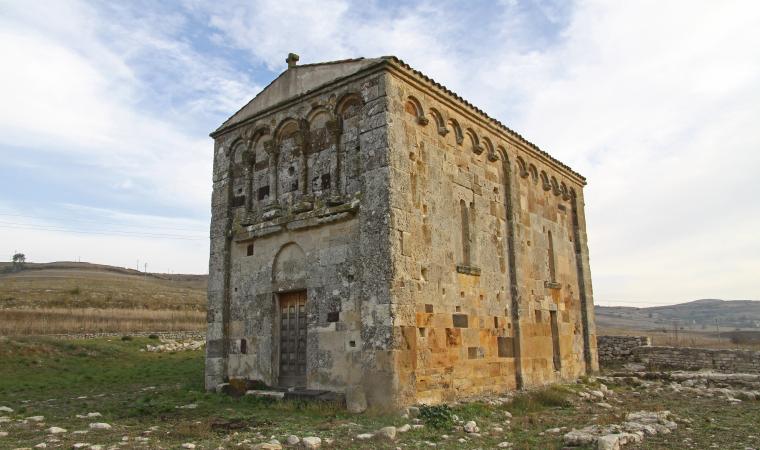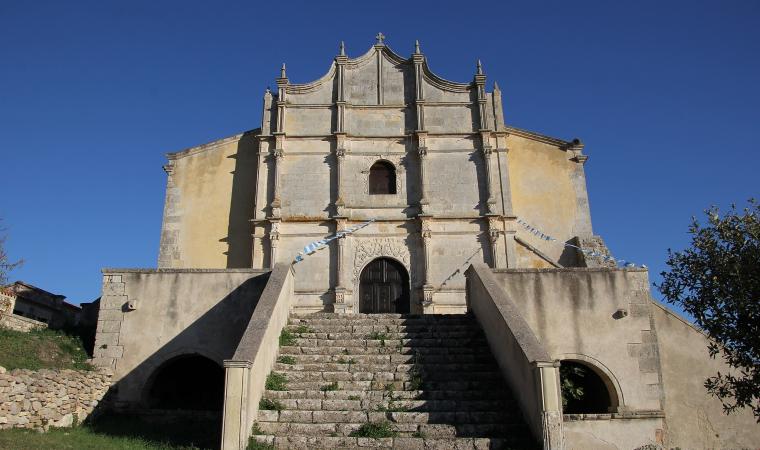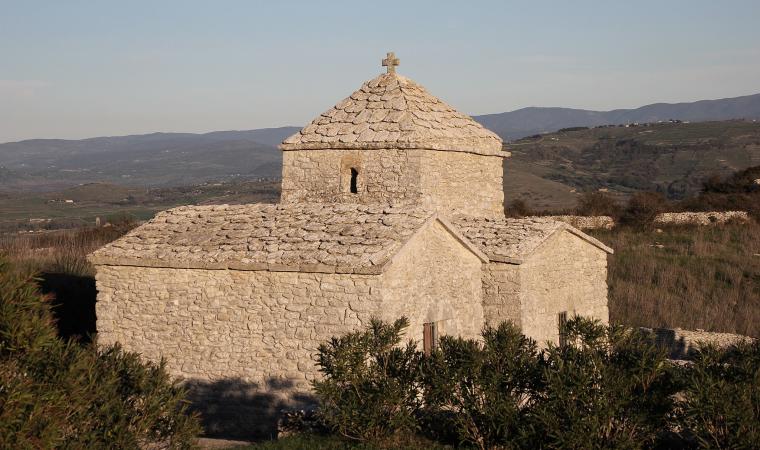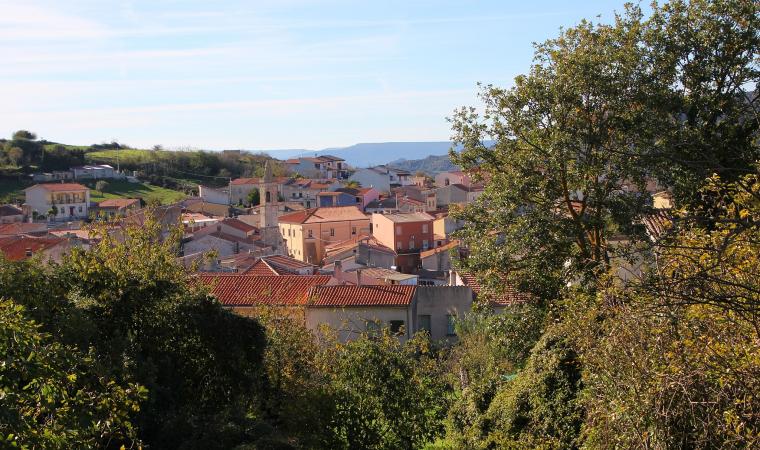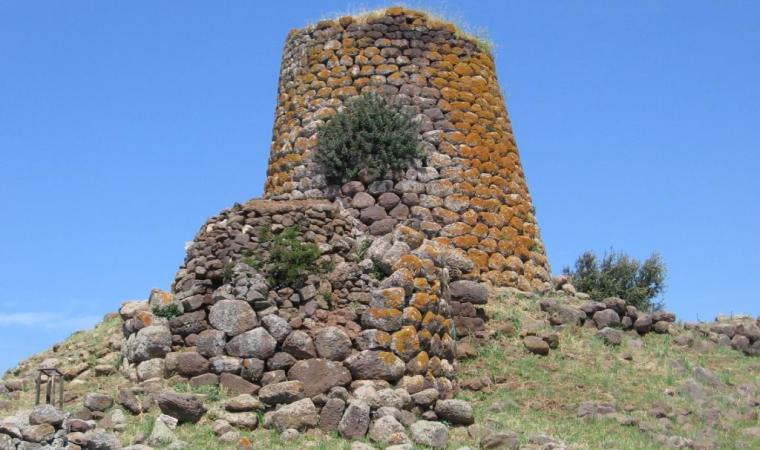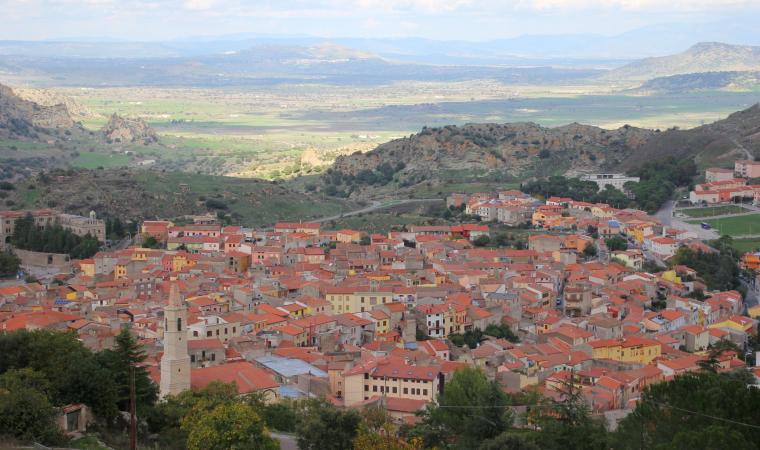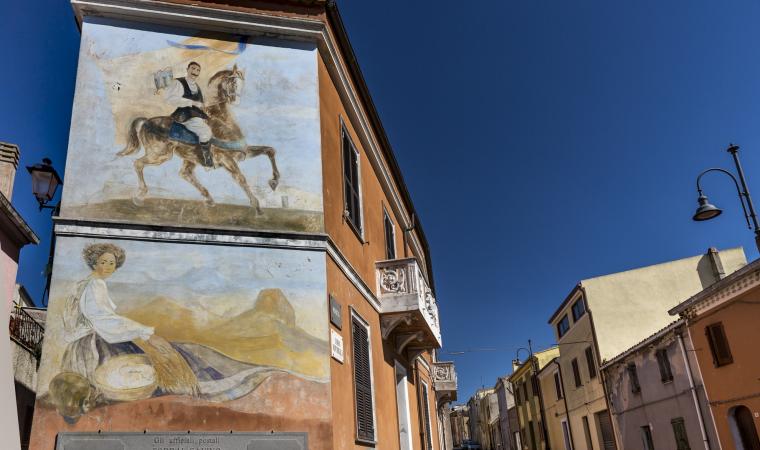In Voyage en Sardaigne (1857) La Marmora hypothesised that the name derived from the fact that it arose in an expanse of a once-eruptive mouth. Pozzomaggiore is at the heart of a volcanic area with basaltic and andesitic rocks, with ‘truncated’ hills and low plateaus covered with Mediterranean scrub and dotted with cork oaks and holm oaks contorted by mistral winds. The village of 2,700 inhabitants is part of Meilogu, the ‘heart’ of Logudoro, separated from Planargia and Montiferru by the Riu Mannu, where the Oinu bridge is preserved, standing since the 3rd century AD. The historic centre is overlooked by stately homes, including Palazzo Parpaglia, and the parish church of San Giorgio Megalo built in late Gothic style in the mid-16th century. The interior is divided into five bays, with the last - the capilla mayor, featuring a star vault and pendulous jewel. The façade has buttresses that ‘draw’ a scenic backdrop, exalted by a staircase. The portal reinvokes that of San Pietro ‘extra muros’ in Bosa. The patron saint is celebrated at the end of April with an ardia that is held in Piazza Maggiore.
The town as close ties to the equestrian tradition, hence since 1923, the horse has been the protagonist of the event par excellence, the Ardia di San Costantino, a test of skill and courage around the neo-Romanesque-Byzantine church of San Costantino emperor, which recalls the victory of Constantine against Maxentius in Ponte Milvio (312 AD), or of Christianity over paganism. On two occasions, on 6th and 7th July, Su Caddu 'e Punta, which personifies the emperor, is shielded from view and followed by about one hundred riders, completes three counter-clockwise turns around the church and, after stopping for a devotional act, in the opposite direction. Another unbridled equestrian race is in honour of Saint Peter, along the impervious climb towards the town church from the 15th century, rebuilt in the 20th. Also worth visiting is the Chiesa di Santa Croce (12th century) and the 16th century Madonna delle Grazie, on the outskirts, characterised by Gothic-Aragonese features, Renaissance décor and a wooden statue of the Virgin. The former Augustinian Convent houses the horse museum, with ten rooms representing the entire equestrian world. In the 18th-century church of the Convent, dedicated to St. Anthony the Abbot, a night vigil for the Madonna della Salute is held at the end of September. September is also when Cantos in Carrela takes place, being touring exhibitions of the Su Cuncordu Planu de Murtas, the village choir. Deeply-rooted customs are the weaving of fine wools and linens and the art of baking, with artistic creations for ceremonies.
Rich soils and the abundance of water have contributed to prehistoric settlements, first in the caves: Sa Rocca Boida, Tuvu ‘e Mare and Su Guanu, where Mycenaean pottery was also found. Nearby are the six Domus de Janas of Cannas de Cheggia. Six other monocellular hypogea have been excavated in Baragagna, and others with a more elaborate structure in Pischina Niedda. More recent are the menhirs of s’Olta ‘e sa Ide and two dolmens. The Bronze Age is documented by 40 sites, amongst which the Nuraghe Alvu stands out, near to which the most interesting Tombs of Giants the territory are located. The exhibits are housed in the museums G. A. Sanna in Sassari and the archaeological one of Padria.

